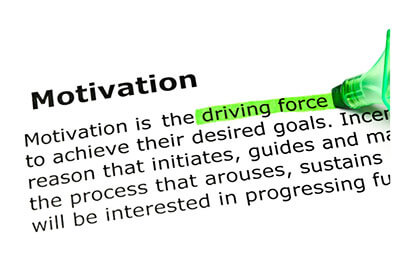Using social media for business? Struggling?
Who doesn’t?
We all can’t be like Gary Vaynerchuk and Neil Patel Digital overnight. But here are some simple rules to help you.
1. Video & Imagery is King! Sharing Sucks! All social media platforms want original content on their site…not shared from another site. Videos (Live #1) are top and then pictures (post the picture first) are second.
2. Engagement keeps it alive! Getting people to Like, Comment, & Share pushes your post into other’s feeds, so you reach an audience you’re not connected with. I had a simple update post that went viral because of this and had over 41K views on LinkedIn.
3. Connection Power works! Obviously, the more people that are connected to you and follow you, the more people see what you post. Connection can be through Business Pages and Groups too. Always be building your connections.
4. Recency Importance! Always try to post when YOUR audience is reading their news feed. It’s more likely to be seen. The longer it’s out there, the less people will see it.
5. Monitor your performance! Pay attention to anything that the platform will provide you with as performance metrics. Watch what works and doesn’t work.
Do you have another suggestion? Comment below 🔊👇
